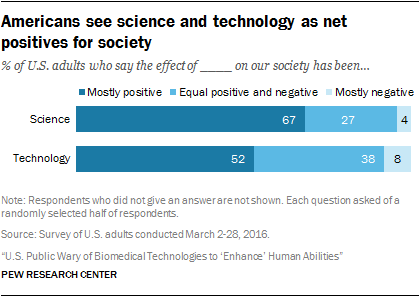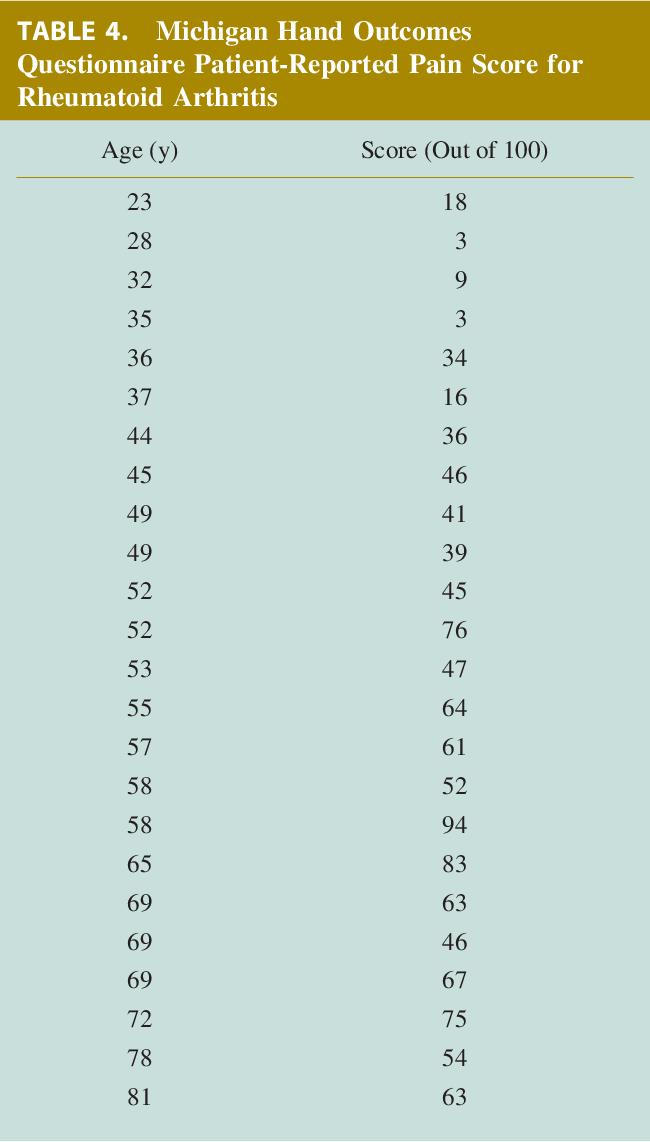


(top left) Color is used sparingly and to draw the eye to the message that summer is the least windy season in Chicago. For instance, you can use color AND symbol (or fill or line) type to differentiate between data sets.įigure 1: Three different views of wind speeds in Chicago. Regardless of how you use color, it is often important to use an additional method along with color (known as “multiple encoding”), rather than using color alone. You may also want to use color to help separate different data sets and/or to define a range of values (e.g., while using a colormap).

For example, try creating a grayscale figure and then coloring your most important result in a different color. Perhaps the most powerful use of color in a figure is to draw attention to the most important region(s) or data point(s) on a plot or image. Nonetheless, color can be effectively used if you think carefully about it. But please fight this urge! Many figures are best left in grayscale (and you’ll understand better why that is as you read on). There is a great temptation to use color for every figure, and to use lots of colors in every figure because you think it will draw the eye. In this blog post, I will provide suggestions for best practices in using color within your scientific figures. A poor choice in color can make a figure overly confusing and can sometimes be misleading. A good choice in color scheme can draw a viewer directly to the most import pieces of information and guide them through the result. It is therefore extremely important to think carefully about the color scheme you choose for your images and plots. The choice of color(s) has a strong impact on the message that is conveyed in a scientific figure.


 0 kommentar(er)
0 kommentar(er)
